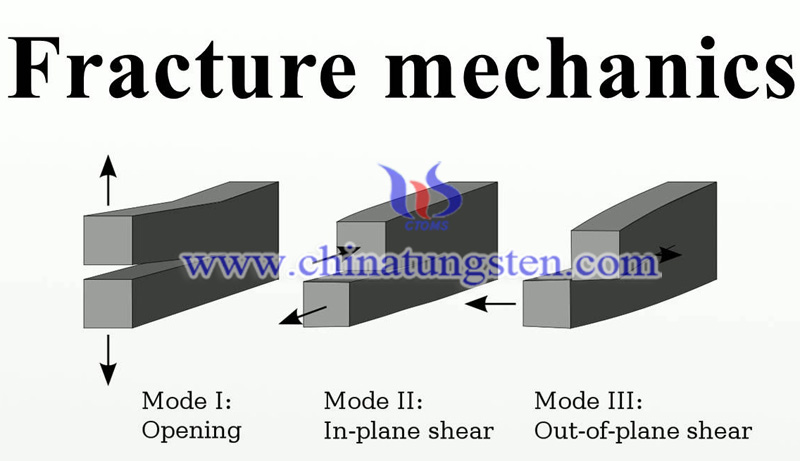How does Tungsten Make Fracture Mechanics in Soviet Union Fall Behind America?
- Details
- Category: Tungsten's News
- Published on Monday, 01 July 2019 14:25
How does tungsten make the fracture mechanics in Soviet Union lag behind the US about a decade? As they are on par with each other on intercontinental missiles and aerospace technology, in low-stress fracture mechanics Soviet Union has been behind the United States for about ten years.
In the early 1950s, Western researchers rapidly developed fracture mechanics to explore the problems of low-stress fractures. However, during the same period, this discipline did not move in the Soviet Union. After almost a decade, fracture mechanics just appeared in Soviet technology books and journals, far behind America.
How to explain the advanced rocketry with the corresponding lagging fracture mechanics of Soviet Union? We tested the stress corrosion cracking of 37 steel and 28 steel, in order to uncover the "answer" of this question.
37 steel is a new steel grade used to make ultra-high-strength steel for engine casings. It is very similar to some kinds of US missile steels. Using this steel to make thin-walled solid fuel engine casing, low stress fracture occurred many times during the pressure test, which became a difficult problem. The results of testing 37 steel prove this steel is very sensitive to water stress corrosion cracking.
28 steel is an ultra-high-strength steel used to make other engine casings, which is imitation of Soviet Union steel. Compared with 37 steel, 28 steel has better resistance to low stress fracture under same strength level. Its water resistance stress corrosion cracking characteristic is much higher than 37 steel. The comparison of steel grades can be seen as a comparison of ultra-high strength steels in the United States and the Soviet Union. It shows that the Soviet steel grades have great advantages in resistance to stress corrosion cracking. This steel is used in the manufacture of high-pressure welded containers and has never experienced low-stress blasting.

The above test results can be explained that, the Soviet Union may entirely use the missile steel systems that are less prone to low-stress fractures, thus crossing a series of complicated technology gaps and successfully developed their rocket. Naturally, there is no need for them to carry out such a large-scale research on fracture mechanics in the academic field as in the United States.
Further comparison of the chemical composition of the U.S. and Soviet series of ultra-high strength steels, it reveals that each steel grade in the Soviet Union contains tungsten, and its content ranges from 1.0 to 2.9%. But none of the ultra-high-strength structural steels developed in the United States contain tungsten. The United States developed tungsten-free steel because they lack the source of tungsten. On the contrary, during the same historical period, the Sino-Soviet formed an alliance in 20th century, and the Soviet Union relied on China's abundant resources to develop a series of ultra-high-strength structural steels containing tungsten.
Hydrogen embrittlement and stress corrosion of metallic materials are very complex and interdisciplinary fracture problems. Studies have shown that the alloyed element of tungsten can change the phase transformation behavior of steel during heat treatment, ensuring high strength and avoiding hydrogen embrittlement sensitivity, making the steel does not fracture at low stress.
- Tungsten Manufacturer & Supplier, Chinatungsten Online: www.chinatungsten.com
- Tungsten News & Prices of China Tungsten Industry Association: www.ctia.com.cn
- Molybdenum News & Price: news.molybdenum.com.cn
- Tel.: 86 592 5129696; Fax: 86 592 5129797; Email: sales@chinatungsten.com



 sales@chinatungsten.com
sales@chinatungsten.com